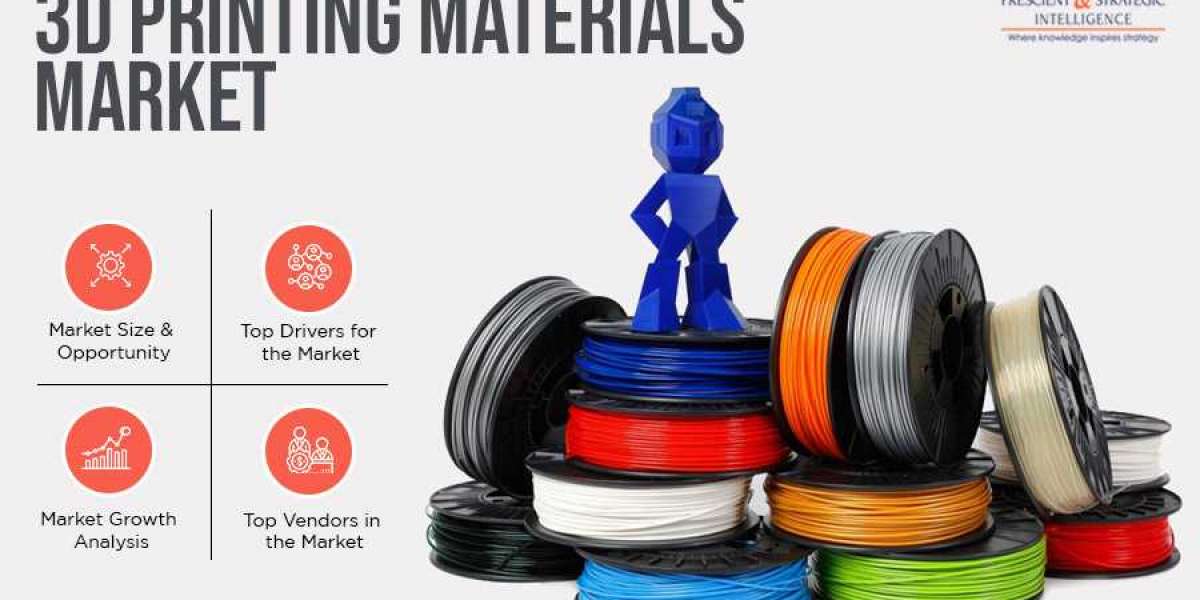The increasing usage of 3D printing techniques by manufacturing companies is another major factor fueling the surge in the requirement for 3D printing materials across the world.
With the growing customer preference for lightweight vehicles over the conventional heavy ones, the demand for 3D printed automotive components is rising as these components are lighter than the traditionally built variants. Moreover, the 3D printed automotive parts and components consumer far lesser energy during manufacturing than the traditionally used variants. Because of these reasons, the growth of the automotive industry and the surging sales of automobiles are positively impacting the global demand for 3D printing materials.
China, Brazil, Indonesia, and India are currently witnessing huge demand for automobiles. According to reports, India and China were the two biggest automotive markets in the world, in terms of number of vehicles sold, in 2017. India witnessed the sales of as many as 4.02 million units, while in China, 29.12 million vehicles were sold in 2017. Apart from making vehicles lighter, 3D printing materials also make the designing of parts and components having complex geometries possible.
The increasing usage of 3D printing techniques by manufacturing companies is another major factor fueling the surge in the requirement for 3D printing materials across the world. Manufacturers are increasingly searching for techniques that will allow them to incorporate additive manufacturing in their already established operations in order to attain higher yield and faster results. 3D printing is rapidly gaining traction in additive manufacturing areas and this is subsequently causing a sharp surge in the demand for 3D printing materials.
Hence, with the ballooning adoption of 3D printing materials in manufacturing operations and the automotive industry, their sales will rise steeply in the coming years, which would, in turn, cause the growth of the global 3D printing materials market. The valuation of the market would increase from $558.4 million to more than $1,365.6 million from 2017 to 2023. Moreover, the market is predicted to progress at a CAGR of 16.7% between 2018 and 2023.
When application is taken into account, the
3D printing materials market is divided into aerospace defense, consumer goods, medical and dental, and automotive industries. Out of these, the aerospace defense industry is predicted to demonstrate the highest growth rate in the market in the forthcoming years, primarily because of the growing incorporation of 3D printing-integrated additive manufacturing techniques in this industry. This is because these methods make the manufacturing of complex and massive parts easy.
Geographically, the
3D printing materials market would exhibit lucrative growth in Europe and North America in the upcoming years, as per the estimates of PS Intelligence, a market research company based in India. The rapid expansion of the market in these regions would be caused due to the existence of several well-established 3D printing materials producing companies and the rising adoption of the 3D printing method in the medical and dental industry.
Hence, it can be safely said that the sales of 3D printing materials would shoot-up all over the world in the forthcoming years, mainly because of the growing requirement for lightweight vehicles, the rising usage of these materials in the automotive and aerospace defense industries, and the increasing incorporation of 3D printing in various manufacturing applications.








